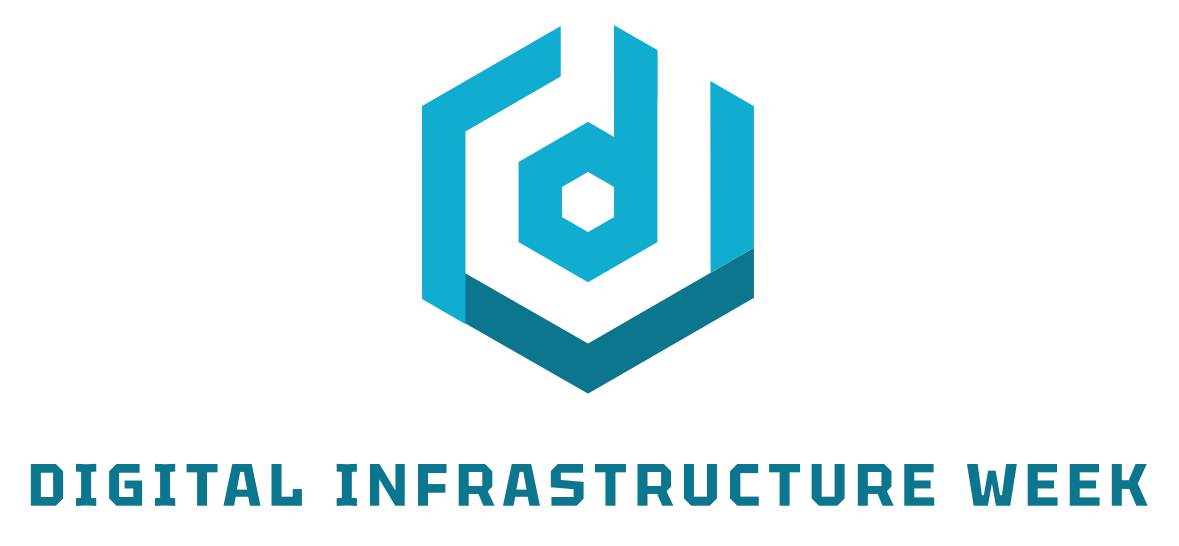Creating More Efficient Transportation Systems and Safer, More Equitable Personal Mobility Through Digital Infrastructure
Authored by Jim Misener, Sr. Director of Product Management and V2X Ecosystem Lead, Qualcomm Technologies, Inc.
Given recent technological advances, digitizing dynamic elements of road infrastructure can have an immediate impact on mobility and safety, while also making travel more personalized and convenient. When equipped with communications technology, infrastructure can share traffic information with other local field elements and with operations and management centers to effect hyperlocal, link and network transportation operations. The data exchanged between digital infrastructure and vehicles can be aggregated and shared in the cloud to increase awareness for safety applications and create new services that can also help to improve efficiency, mobility, and equity and address environmental stewardship.
Whether deployed at the local agency, regional or state level, having both local artificial intelligence (AI) at-the-edge and centralized, cloud-based systems for data exchanged among connected vehicles and infrastructure, provides actionable insights for public sector transportation managers, fleet operators and personal travelers. The common thread is data. And underlying the availability of data are robust communications systems. In short, harnessing both static and operationally dynamic information from sensing and perception technologies, cloud-connected digital infrastructure can help to manage transportation systems for more efficient movement of goods, services, and people.
Improved personal mobility
With the ability to help maximize automation, digital infrastructure has the potential to revolutionize transportation systems by providing personal mobility services that are safer, affordable, reliable, and available to all. For example, digitizing transportation hubs can provide highly accurate updates on travel time and occupancy to support efficient intermodal movements and last-mile services. Having more accurate information will also benefit mobility-as-a-service providers when coordinating travel options that include multiple modes of transportation.
Having insight into demand can also help transportation planners to determine the optimal deployment of transportation infrastructure, advanced transit services, and placement of ITS-enabled transportation pricing and demand management equipment such as electronic road user charging or variable parking fees. When supplemented with traffic data, these systems can be automated to influence daily travel decisions – either by offering incentives for off-peak travel, ridesharing or changed departure times, and/or implementing dynamic pricing to adjust road user charging based on congestion.
Equity and micro-mobility
The number of shared bikes and scooters is expected to grow beyond 62 million by 20301, demonstrating that this segment fulfills a host of traveler needs. Whether addressing mode of transport, solving the vexing last-mile, or explicitly connecting travelers between links in a long journey, use cases for digital infrastructure help to provide equity and/or convenience. When connected to digital infrastructure, micro-mobility devices can be ready on demand and better serve as a connector in a trip. Along the way, connected micro-mobility devices provide riders with timely information to enhance safety and travel efficiency while also allowing them to customize their riding experience. For example, riders can enjoy a more personalized experience with connected services such as real-time navigation.
Not only does the digital infrastructure allow road and fleet managers to stay connected to end users with on-demand connected services, connected fleets can be updated over-the-air to ensure they’re up to date with the latest technologies, tracked in real-time including geofence alerts, and targeted for reallocation for logistics purposes. Digital infrastructure supports new transportation-based applications and services to improve mobility for all road users, while also facilitating enterprise use cases and consumer-facing mobility services.
Opportunity for new services
A cloud-based system that is connected to mobile networks allows traffic operations to integrate a data-driven transportation management service and/or expose relevant information to third parties to develop more comprehensive applications. Cloud-enhanced systems for delivering connected services also provide flexibility for creating new business models. With built-in global connectivity and the ability to track all data entering and exiting a vehicle, services can be billed directly to users or incorporated into the cost of the service.
Using cloud-based application programming interfaces (APIs) and application frameworks, service providers can create new services that integrate with digital infrastructure. For example, electric vehicle (EV) charging infrastructure could be used to support driver safety and convenience, while also helping to improve environmental sustainability. Service providers could proactively recommend compatible charging stations available for those needing to refuel, while also broadcasting traffic information along highways to alert drivers of slow traffic or inclement weather. Digitized EV charging infrastructure can also support vehicle-to-grid (V2G) systems and smart grid charging applications, helping to balance energy flow and accommodate the growing number of EVs connecting to the grid.
Qualcomm Technologies, Inc. is excited to support this digital transformation and looks forward to further collaboration with the transportation ecosystem. Learn more about our technology solutions at qualcomm.com/automotive.
